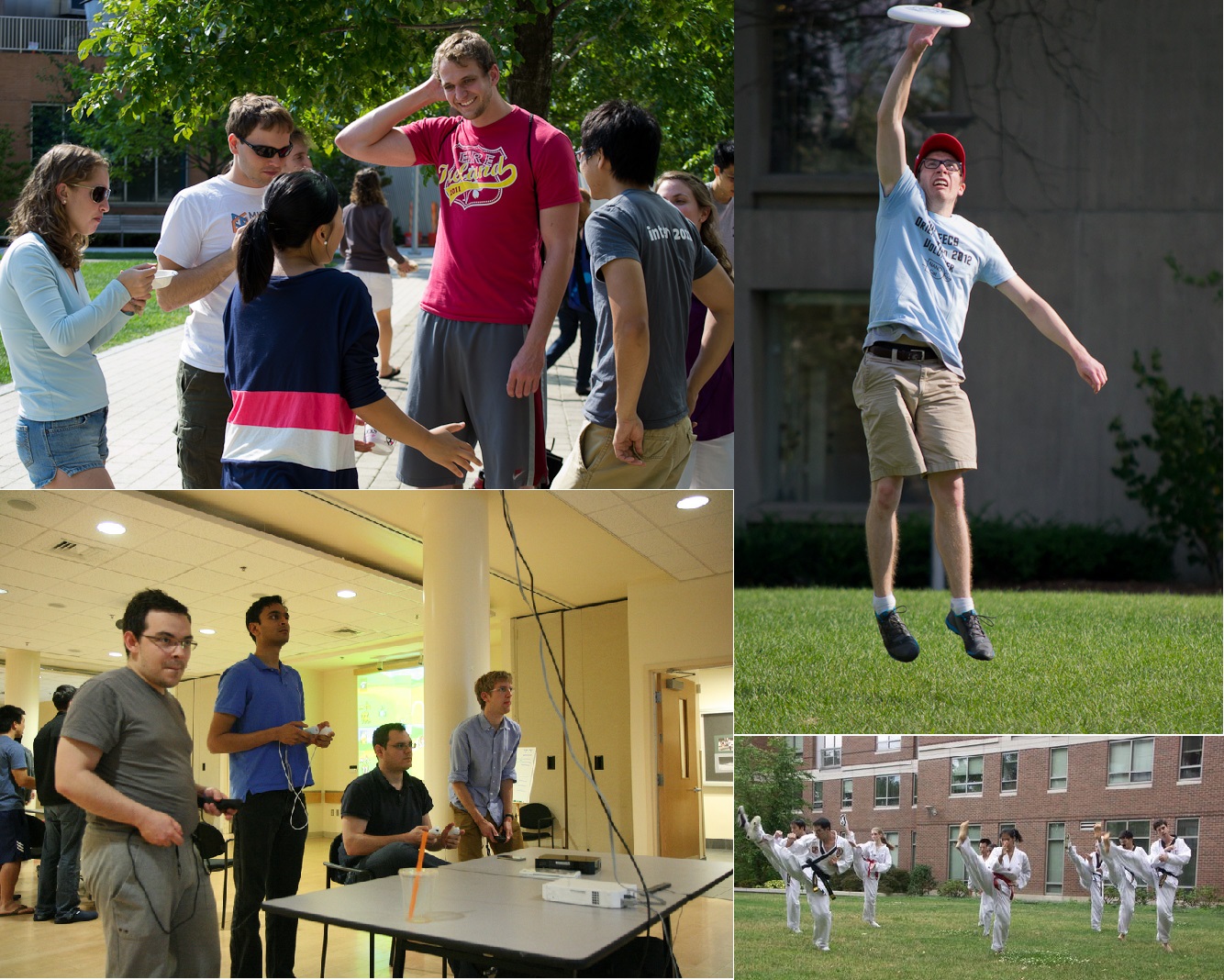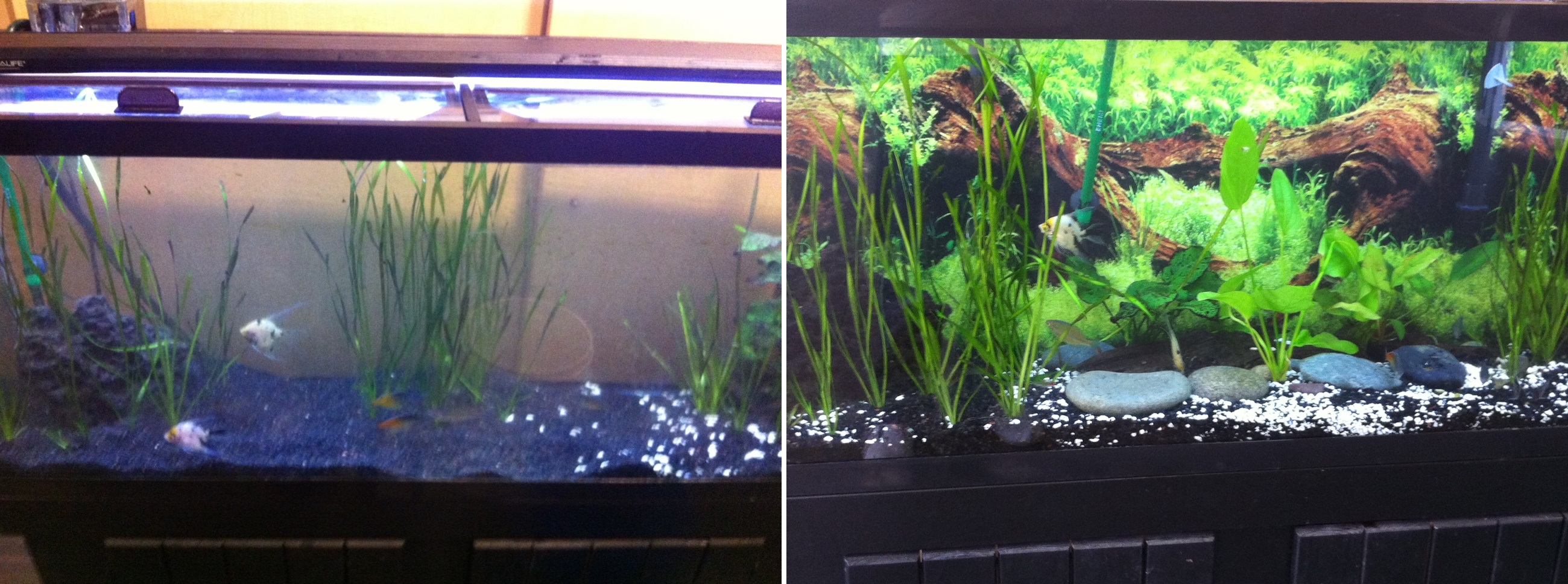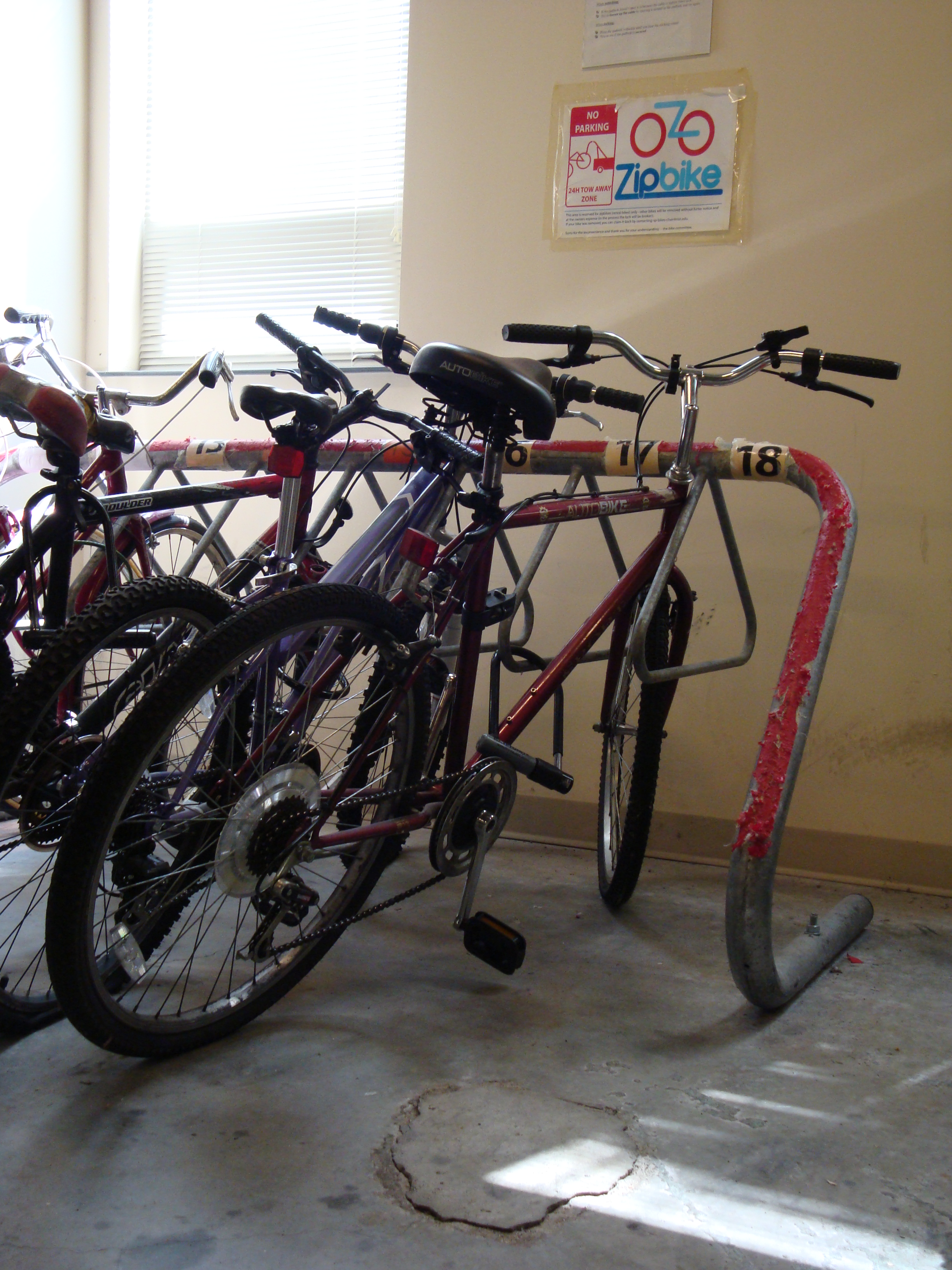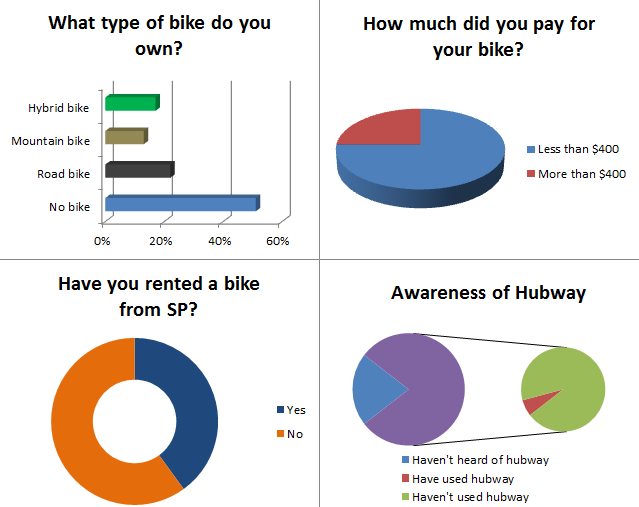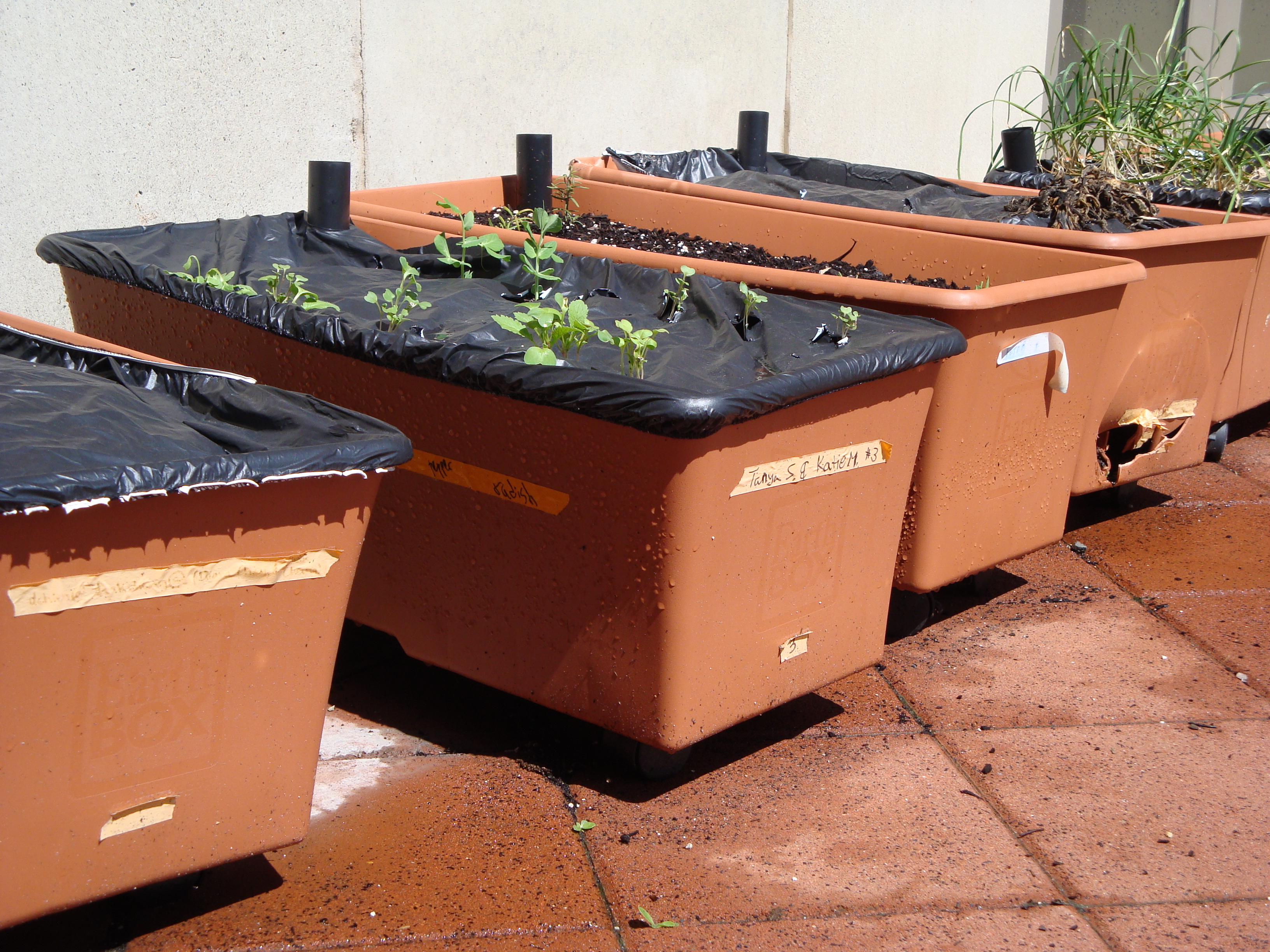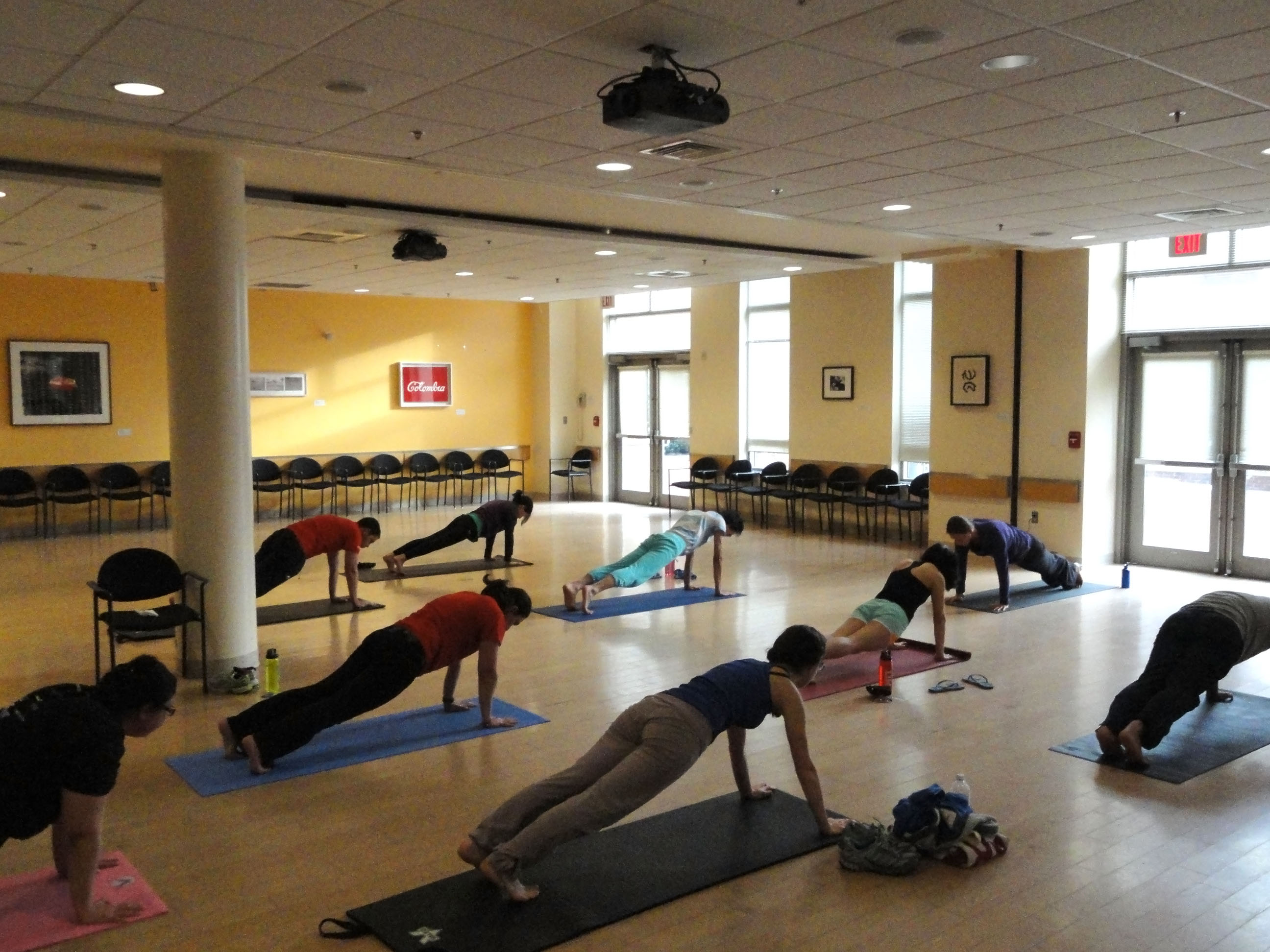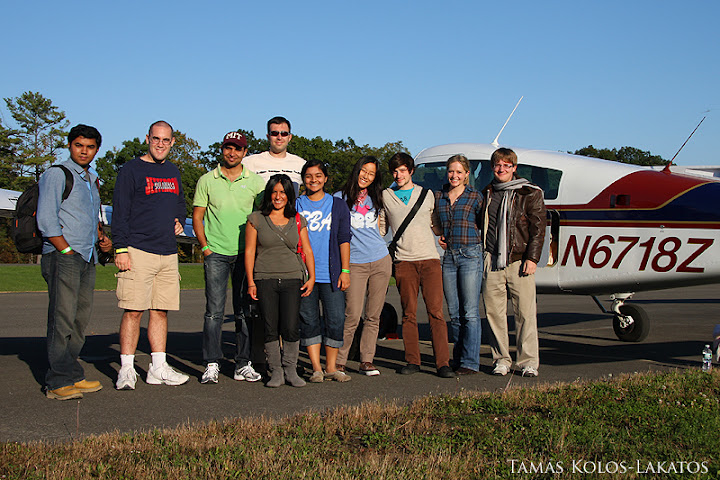By Ryan Kelly, SP Inventory Chair,
Everyone knows about SP’s extensive movie collection, but you may not know we also have an equally large collection of board games for any occasion. As an avid gamer myself, I’d like to highlight a few of my favorite games in the inventory; I encourage you to give them a try. There’re games for all levels, from casual party games to more in depth strategy. Need a group to play with? I host a game night almost every Thursday, email sp-inventory-chair@mit.edu if you want to join.
Casual Games: for the large friend group who thinks they don’t like games
An easy go to: Apples to Apples and/or Cards against Humanity (4+ players; Undefined Time)
 Apples to apples and its more… ahem… mature variant Cards against Humanity work well with any group size, and can be an excellent way to get to know your group, maybe more than you want.
Apples to apples and its more… ahem… mature variant Cards against Humanity work well with any group size, and can be an excellent way to get to know your group, maybe more than you want.
A little bit of trivia, with some gambling too: Wits and Wagers (4-7 players or teams; 30 min)
 How many black keys are on a standard 88-key piano? Know the answer, great. Don’t know it, no problem. Everyone takes their guess, then you bet on which person’s answer is the closest without going over (a la Price is Right). This game works great with trivia buffs and novices alike, and mooching off others’ knowledge is highly encouraged.
How many black keys are on a standard 88-key piano? Know the answer, great. Don’t know it, no problem. Everyone takes their guess, then you bet on which person’s answer is the closest without going over (a la Price is Right). This game works great with trivia buffs and novices alike, and mooching off others’ knowledge is highly encouraged.
Lies and Deception: The Resistance Avalon (4-10 players; 30 min)
 Played mafia? You’ll enjoy this game of hidden roles, lies and deception. In this battle of good vs. evil, the loyal knights of King Arthur try to go on quests, while the evil minions of Mordred try and spoil their plans. Find the minions, and victory is at hand. But just who can you trust?
Played mafia? You’ll enjoy this game of hidden roles, lies and deception. In this battle of good vs. evil, the loyal knights of King Arthur try to go on quests, while the evil minions of Mordred try and spoil their plans. Find the minions, and victory is at hand. But just who can you trust?
A Gateway to Gaming: Accessible Strategy Games for everyone
Travel across America: Ticket to Ride (3-5 Players; 60-90 min)
 Winner of the prestigious Spiel des Jahres (Game of the Year), travel back to the turn of the 20th century and build a network of trains around the USA. Every turn is simple; place a new route, pick up train cards, or acquire new routes to complete. Sounds easy, but beware! There are limited routes, and you’ll find yourself competing with other players to complete your routes in time.
Winner of the prestigious Spiel des Jahres (Game of the Year), travel back to the turn of the 20th century and build a network of trains around the USA. Every turn is simple; place a new route, pick up train cards, or acquire new routes to complete. Sounds easy, but beware! There are limited routes, and you’ll find yourself competing with other players to complete your routes in time.
Build your Kingdom of meeples: Carcassonne (2-6 Players; 45 min)
 Another Spiel des Jahres winner, in this game you will cooperate (or work against) the other players as you all build a medieval kingdom. Place your meeples to claim cities, roads, and fields for yourself. This is another excellent entry level game with simple rules, and guaranteed close games.
Another Spiel des Jahres winner, in this game you will cooperate (or work against) the other players as you all build a medieval kingdom. Place your meeples to claim cities, roads, and fields for yourself. This is another excellent entry level game with simple rules, and guaranteed close games.
Strategy games: for those who want a little more challenge
Draft an empire: 7 Wonders (3-7 Players; 45 min)
 2011 Spiel des Jahres winner (see a trend?), you are the leader of one of the 7 great cities of the Ancient World. Gather resources, develop commercial routes and affirm your military supremacy. In each age of 7 wonders, you will pick a card from a hand of 7, then pass the hand to the next player and repeat until the hand is gone. Slowly build your wonder to greatness. The game plays differently every time, as you build a different wonder with different goals. Do you become a paragon of science, or dominate your neighbors with your military empire?
2011 Spiel des Jahres winner (see a trend?), you are the leader of one of the 7 great cities of the Ancient World. Gather resources, develop commercial routes and affirm your military supremacy. In each age of 7 wonders, you will pick a card from a hand of 7, then pass the hand to the next player and repeat until the hand is gone. Slowly build your wonder to greatness. The game plays differently every time, as you build a different wonder with different goals. Do you become a paragon of science, or dominate your neighbors with your military empire?
Build a deck for domination: Dominion (2-4 Players; 30-45 min)
 In Dominion, each player starts with an identical, very small deck of cards. In the center of the table is a selection of other cards you can “buy” as you can afford them. Through your selection of cards to buy, and how you play your hands as they draw them, construct a powerful deck, striving for the most efficient path to the precious victory points by game end. The game is different every time, with 10 new kingdom cards and a new path to domination.
In Dominion, each player starts with an identical, very small deck of cards. In the center of the table is a selection of other cards you can “buy” as you can afford them. Through your selection of cards to buy, and how you play your hands as they draw them, construct a powerful deck, striving for the most efficient path to the precious victory points by game end. The game is different every time, with 10 new kingdom cards and a new path to domination.










